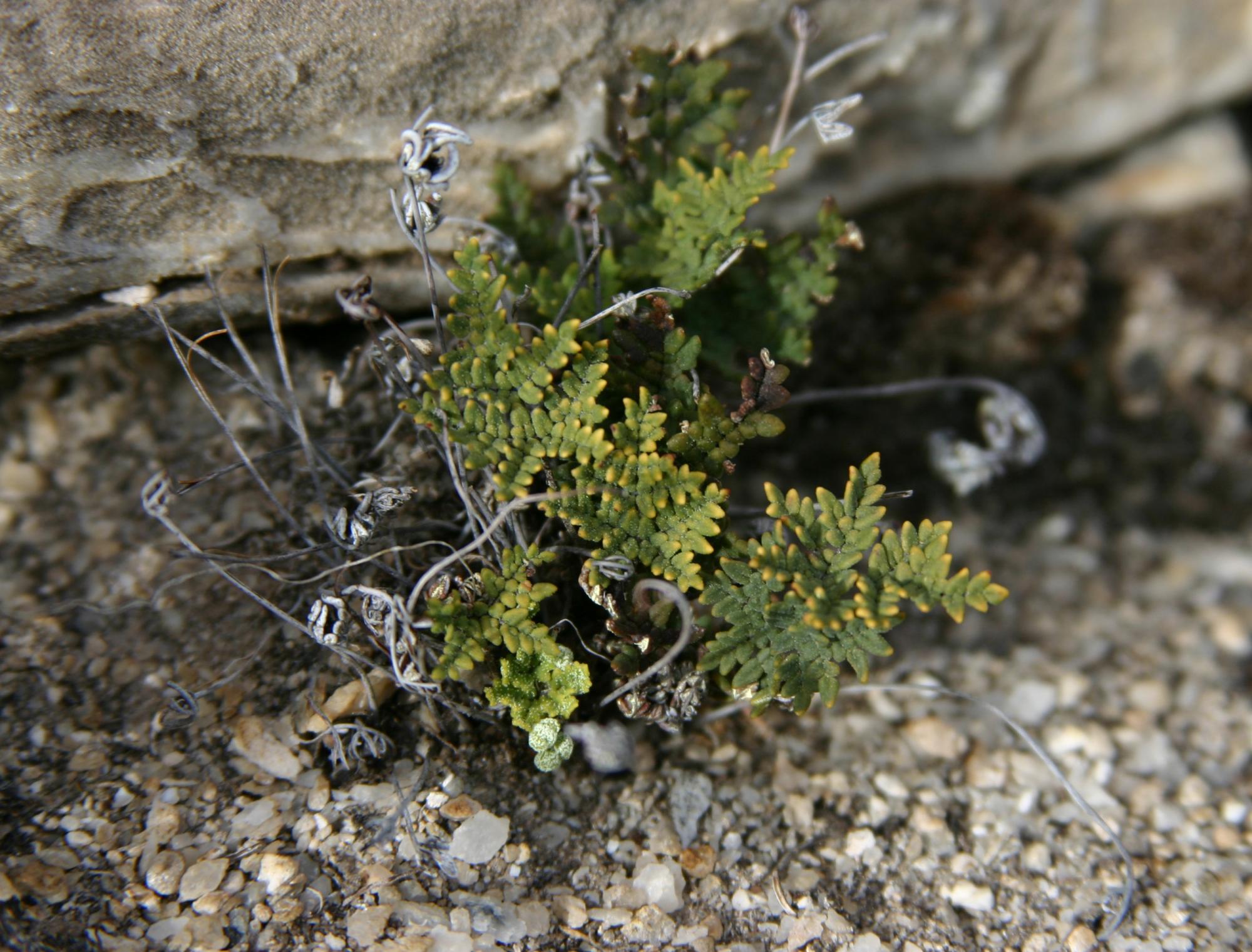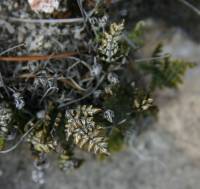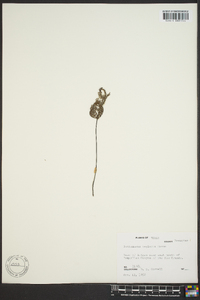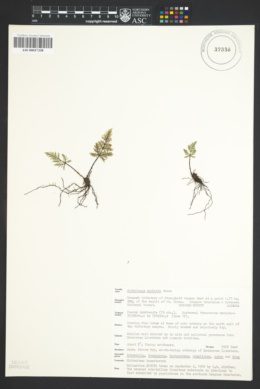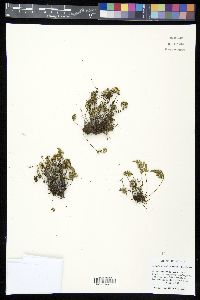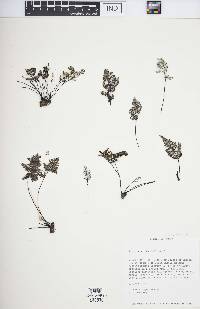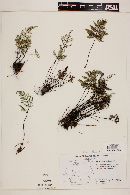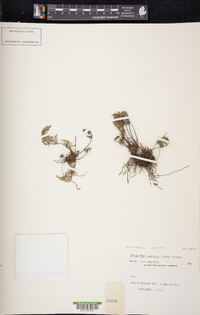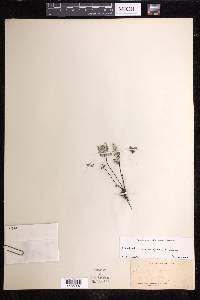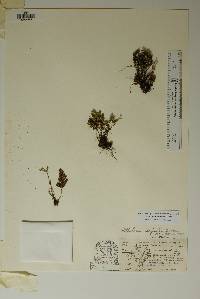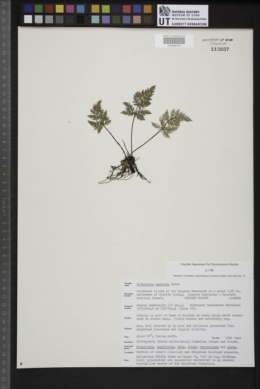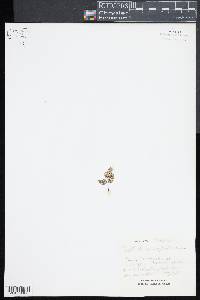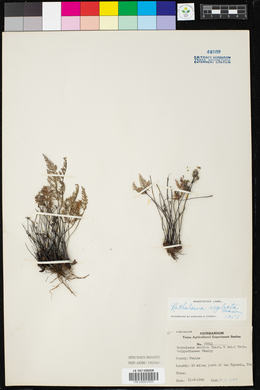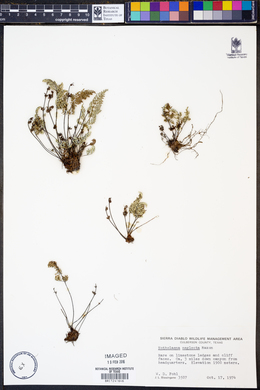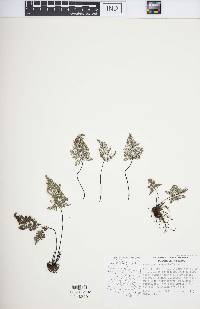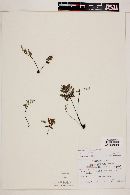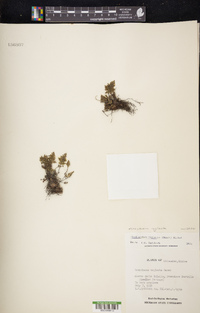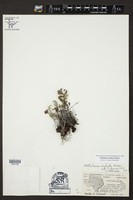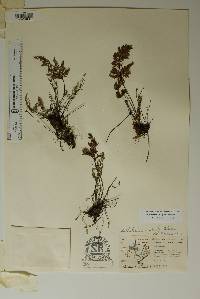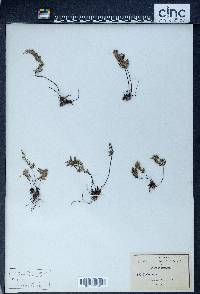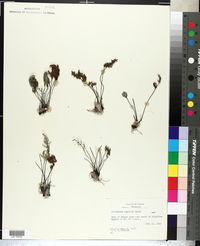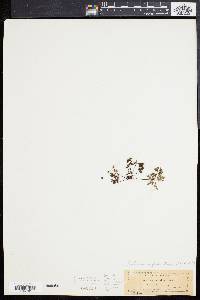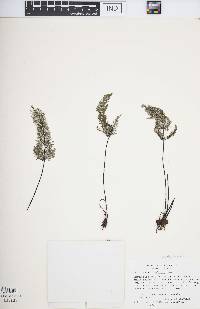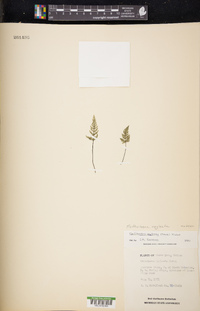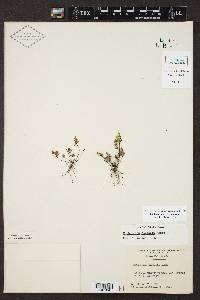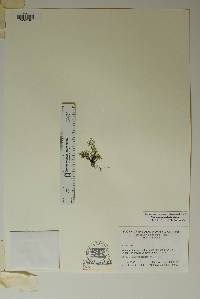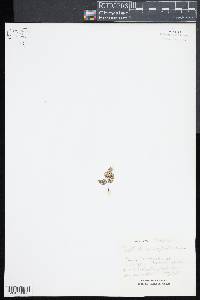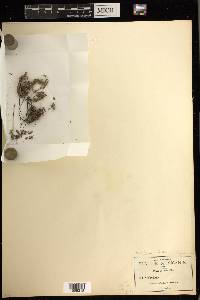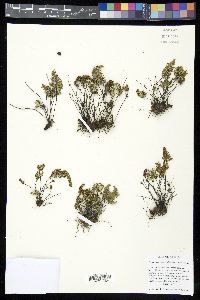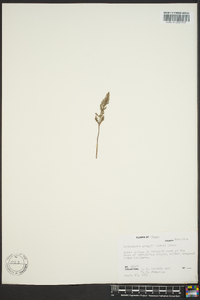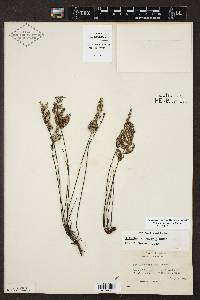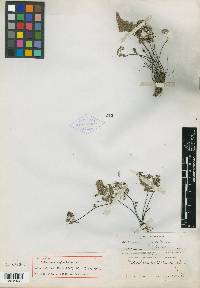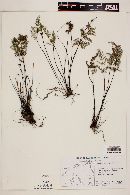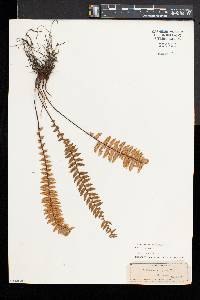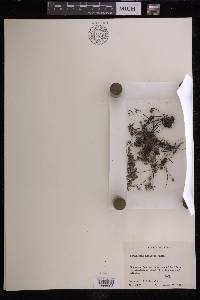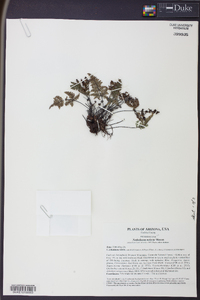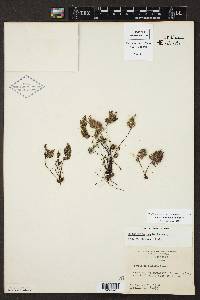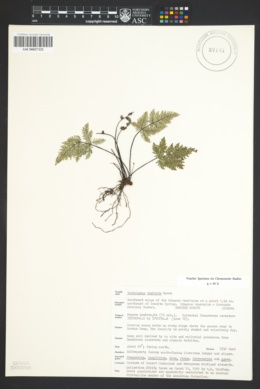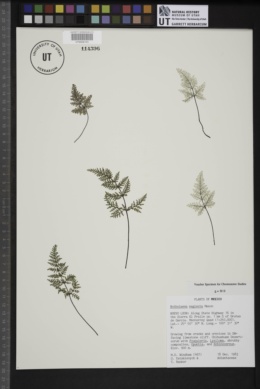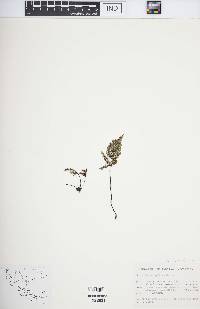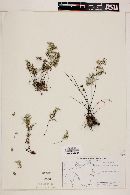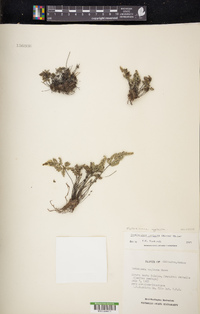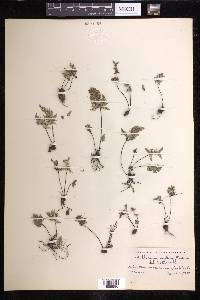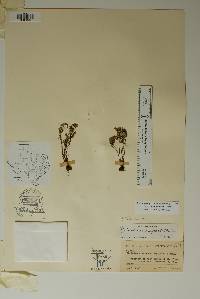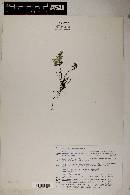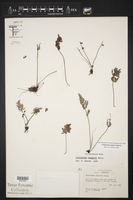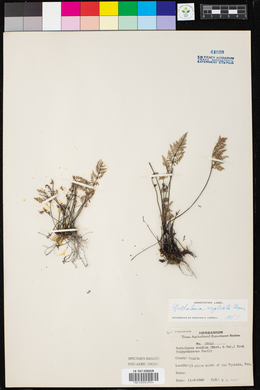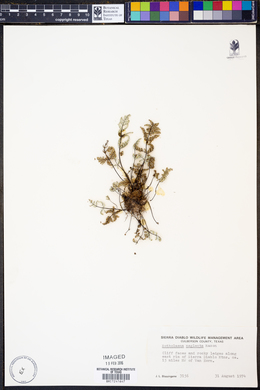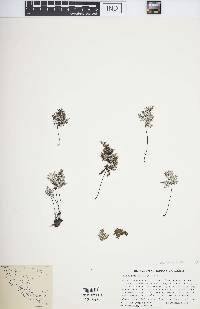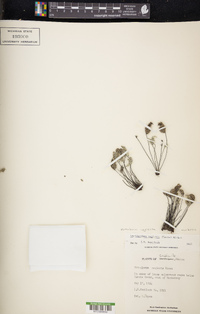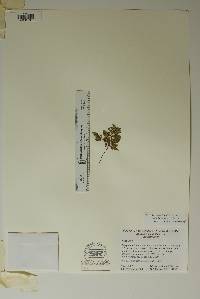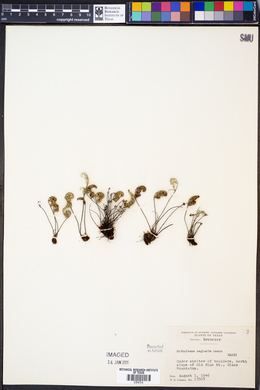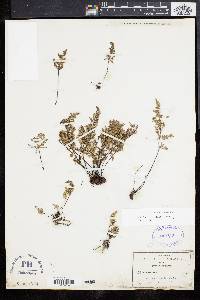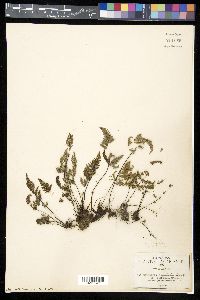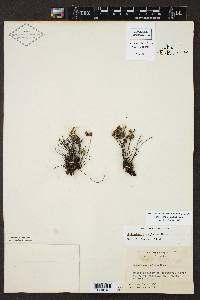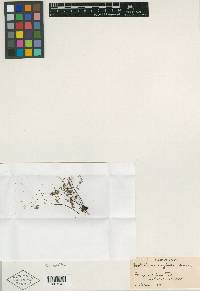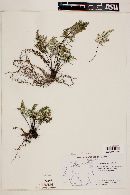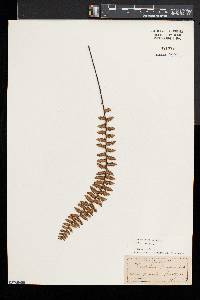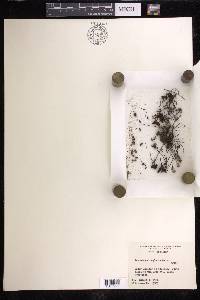Notholaena neglecta
|
|
|
|
Family: Pteridaceae
Maxon's Cloak Fern
[Cheilanthes neglecta (Maxon) Mickel] |
Stem scales strongly bicolored, margins brown, broad and well defined, thin, ciliate-denticulate. Leaves 4--15 cm. Petiole black, equal to or somewhat longer than blade, rounded adaxially, bearing scattered glands and a few scales near base. Blade narrowly deltate-pentagonal, 3--4-pinnate, 1--2 times longer than wide, abaxially with conspicuous pale yellow farina, scales absent, adaxially glabrous to sparsely glandular; basal pinnae much larger than adjacent pair, strongly inequilateral, proximal basiscopic pinnules greatly enlarged. Ultimate segments sessile to subsessile, narrowly adnate to costae or free; segment margins strongly revolute, often concealing sporangia. Sporangia containing 32 spores. n = 2 n = 90, apogamous. Sporulating summer--fall. Rocky slopes and cliffs, apparently confined to limestone; 300--1900 m; Ariz., Tex.; Mexico. Notholaena neglecta is closely related to N . californica and may have been involved in the origin of polyploids within that complex. Populations occurring in the flora are composed of apogamous triploids, but a sexually reproducing diploid cytotype has been found in Nuevo León, Mexico (M. D. Windham, unpublished data).
FNA 2003, Jaeger 1944 Common Name: Maxon's cloak fern General: Rhizomes ascending to horizontal; scales strongly bicolored, margins broad and brown with a black central stripe, the margins erose and slightly toothed. Leaves: 4--15 cm long; petioles black, equal to or somewhat longer than blade, rounded adaxially, bearing scattered glands and a few scales near base. Blade narrowly deltate-pentagonal, 3--4-pinnate, 1--2 times longer than wide, abaxially with conspicuous pale yellow farina, scales absent, adaxially glabrous to sparsely glandular; basal pinnae much larger than adjacent pair, strongly inequilateral, proximal basiscopic pinnules greatly enlarged. Ultimate segments sessile to subsessile, narrowly adnate to costae or free. Sporangia: Ultimate segment margins strongly revolute and often concealing sporangia at vein tips. Ecology: Limestone rocky slopes, outcrops, cliffs and in crevices; 984-6234 ft (300--1900 m). Notes: A rare, mostly small, delicate fern distinguished by its 3-pinnate, pentagonal blades due to enlarged basal pinnae that are angled downward, these lacking scales or hairs; yellow farina (small flour-like grains) on undersides; and strongly bicolored rhizome scales(see description above). Closely related to N . californica and may have been involved in the origin of polyploids within that complex. Most populations are apogamous (reproducing without fertilization) triploids. Ethnobotany: Unknown Etymology: Notholaena is from the Greek nothos, false, and chlaina, a cloak, a reference to the incomplete indusium. Neglecta comes from the latin neglectus, neglected, not chosen, referring to either the desolate region the plant was discovered in or the fact it was overlooked taxonomically. Synonyms: Cheilanthes neglecta, Chrysochosma neglecta Editor: F.S. Coburn, 2014 |

